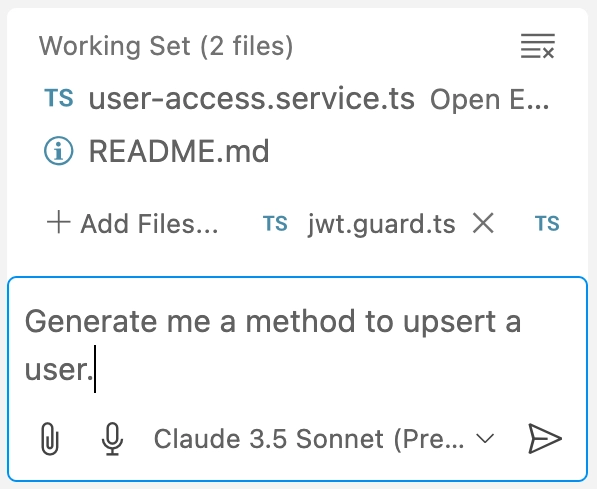
Coding with AI: How to Get the Results You Actually Want
You can’t talk about software right now without talking about AI or, more accurately, LLMs. These are helping us write software faster. But can they help us be much faster?
The common way they help us is by autocompleting code for us. I start writing a method called upsertUser, and then the AI will automatically fill in the code. Or at least that is how most people try and use it.
Using things such as the cursor editor, or if you are using VS Code with GitHub Copilot you can use the new GitHub Copilot Edits feature. With this feature, you can tell the AI what you want to create. It will attempt to create what you want. Then, you will have the option to accept what it came up with or reject it. So instead of auto-complete, you get more than just a single line of text. You can get entire methods or, with GitHub Copilot Edits, you can get changes to multiple files.

If you use these prompts to generate code, you will often get a result that aligns with what you wanted. But LLMs are often off. They will often generate not quite what we want.
The best solution for that is giving the AI/LLMs more rules. We can do this by putting these rules in the prompts themselves. But this can become tedious. Instead, we can put the rules in our solutions. I have an example of one of these in a Readme file.
AI Code Generation Guidelines
When generating a new Access Service, use the following guidelines.
- Create the entity in the access/entities folder.
- Create the service in the access/services folder.
- Create the DTO in the common/dto folder.
- Update
access.module.tsto include the entity and service. - Update
database.config.tsto include the entity. - Create the tests for the service in the access/services/ folder.
- Tests should live right next to the service file.
We can now generate code with these rules, and the AI will more likely generate what we want.



